This article shines a light on Mibuna (壬生菜), a traditional green leaf vegetable celebrated in the city of Kyoto, Japan. We will cover what makes this vegetable special, its deep roots in Kyoto’s history, and a special place where you can experience it prepared in a classic Japanese style. Read on to appreciate the quiet importance of this essential Kyoto food.
What is Mibuna?
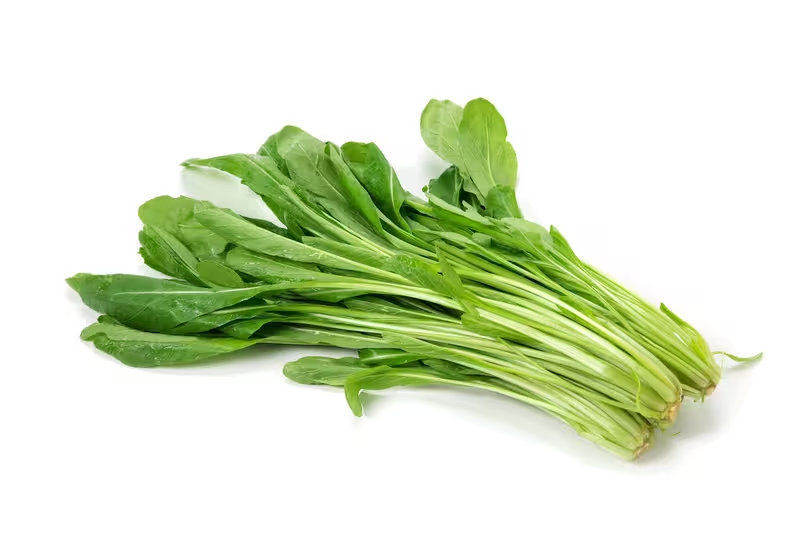
Mibuna is a leafy green vegetable that is considered one of the classic “Kyoto Traditional Vegetables” (Kyō-yasai). It belongs to the same family as turnip greens and is closely related to mizuna, another famous Kyoto green. In fact, Mibuna is naturally from a variation of mizuna.
The key way to tell Mibuna apart is by its leaves. While mizuna leaves have jagged, saw-like edges, Mibuna’s leaves are rounded, spoon-shaped, and smooth. This vegetable has a slightly different taste profile than its cousin; it carries a distinct, sharp or pungent flavor and a mild bitterness, making it more robust. Historically a winter vegetable, often grown in greenhouses, meaning you can find it year-round. Widely used in simple dishes like boiled and dressed greens (ohitashi), simmered in hot pots, and most famously, as a key ingredient in various Kyoto pickles (tsukemono).
History of Mibuna

Mibuna’s history is directly tied to its birthplace: the Mibu district in the center of Kyoto City. Believed to have originated in the early 1800s, likely as a chance variation or natural hybrid of mizuna. The vegetable was so distinct and important to the area that documents from the year 1804 (the Bunka era) specifically mention “Mibuna produced in Mibu,” showing its long-established local presence.
The long heritage of Mibuna earned it a place on the official list of “Kyoto Traditional Vegetables.” This official recognition is given to those varieties that were introduced and cultivated in the region before the Meiji era (pre-1868). For generations, local farmers grew larger stalks of Mibuna mainly for making Senmaizuke, a popular thin-sliced turnip pickle. However, its use has since expanded, and today, farmers cultivate both large stalks for pickling and smaller, more convenient stalks for everyday cooking at home.
Where to Experience Mibuna in Kyoto
Kyoto Kitcho Arashiyama (京都 吉兆)

For a truly exceptional experience of Mibuna, particularly in a dish that highlights the seasonal nature of Kyō-yasai, you should visit a traditional Kaiseki restaurant. KYOTO KITCHO Arashiyama is one of the most famous and highly respected restaurants in Japan that features traditional Kyoto cuisine.
Their chefs base their multi-course menus (Kaiseki) on the freshest ingredients of the season. During the cooler months, Mibuna comes into soups, simmered dishes, or as a garnish to represent the winter harvest. Dining here is a cultural experience, offering a meal that is both visually stunning and a deep celebration of Kyoto’s land and traditions.
Conclusion
Mibuna is a delicious piece of Kyoto’s culinary identity, sustained by centuries of tradition. Its slightly sharp taste is central to many traditional winter dishes and provides a refreshing counterpoint to richer flavors. Whether enjoyed fresh or as a traditional pickle, it perfectly represents the simple, refined cooking of the region.
If you enjoy the unique flavor of Mibuna, you should also try dishes featuring other traditional Kyoto vegetables, such as Kujo-negi (Kujo leeks), Kamo-nasu (Kamo eggplant), or Shogoin-daikon (Shogoin turnip).
You can also look up in this article the different Kyoto’s traditional vegetables or popularly known as Kyo Yasai.
FAQ
What is Mibuna?
Mibuna is a traditional leafy vegetable from Kyoto, known for its mild flavor and soft texture. It is one of the famous “Kyoto vegetables” (Kyo-yasai).
Where is Mibuna grown?
It is mainly grown in the Mibu district of Kyoto City, where it has been cultivated since the Edo period.
What does Mibuna taste like?
Mibuna has a gentle, slightly peppery flavor that is less sharp than mizuna, making it easy to enjoy raw or cooked.
How is Mibuna used in cooking?
It’s often used in salads, pickles, and hot pot dishes. Its tender leaves also make it perfect for soups or stir-fries.
When is Mibuna in season?
The best season for Mibuna is winter, from December to February, when it becomes especially sweet and flavorful.
Is Mibuna related to Mizuna?
Yes, Mibuna and Mizuna are related. They both belong to the mustard family, but Mibuna has broader leaves and a milder taste.
Can I buy Mibuna outside Japan?
It’s rare outside Japan, but you might find it at specialty Japanese grocery stores or farmers’ markets that import Kyoto vegetables.



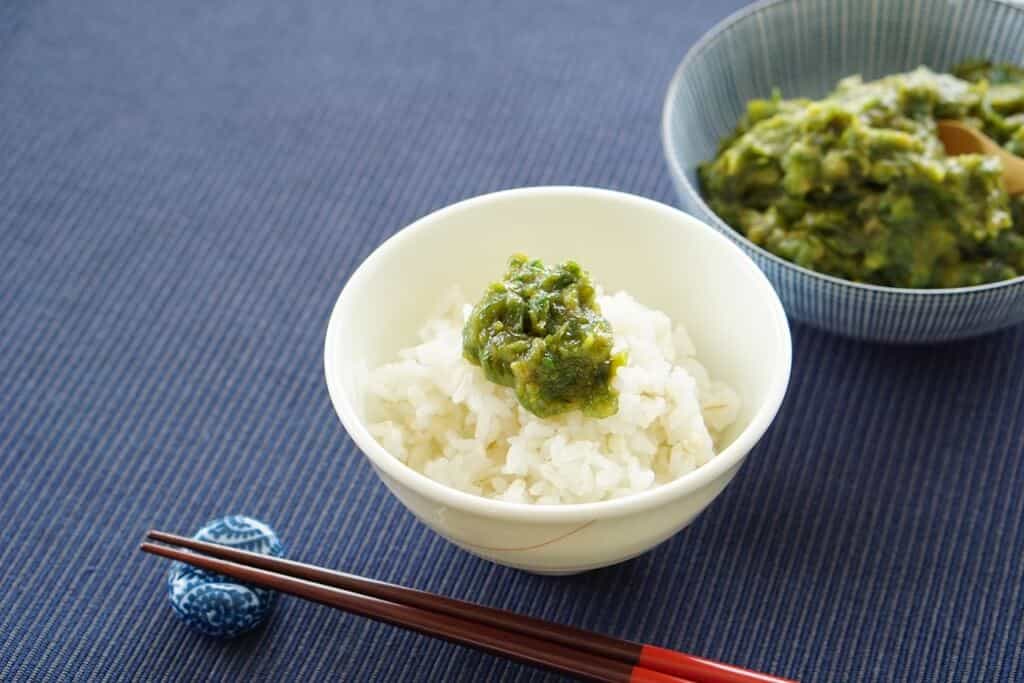
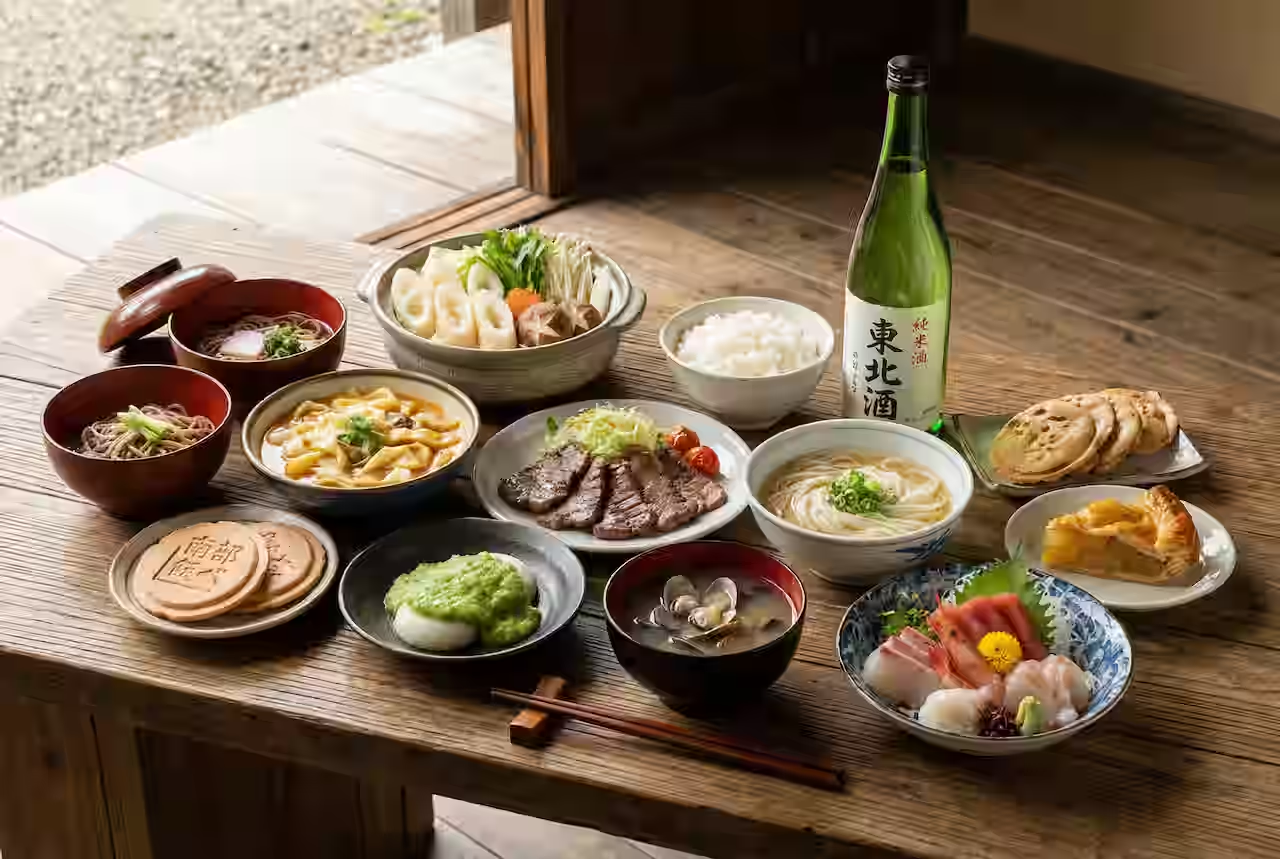

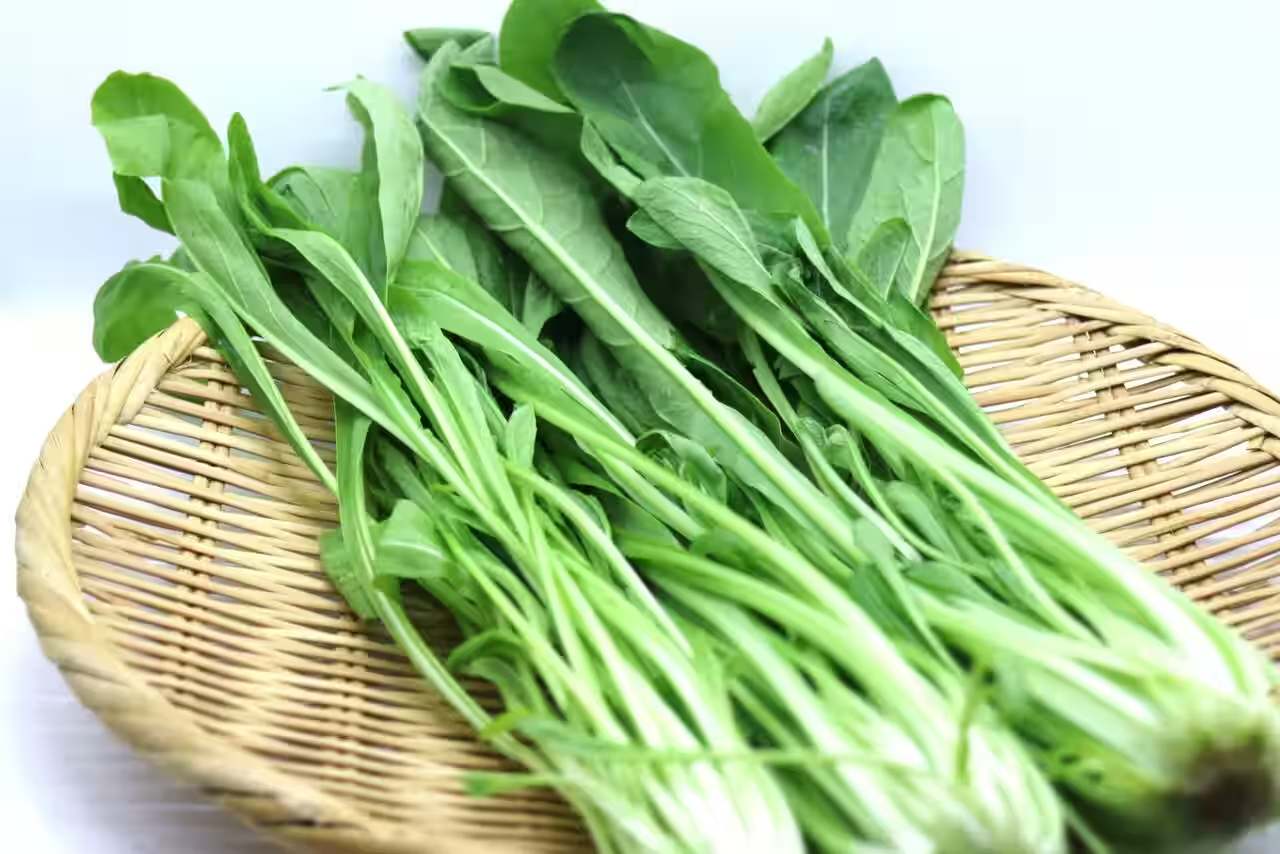
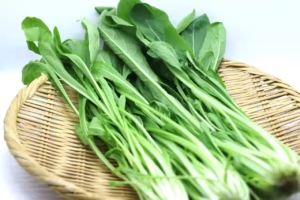
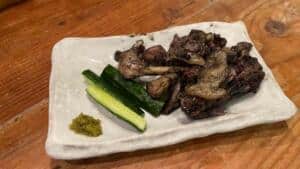
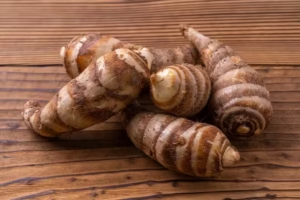
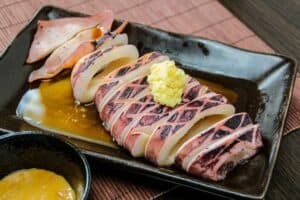
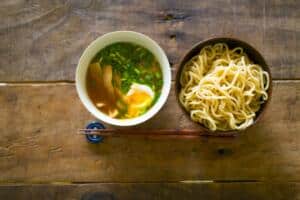
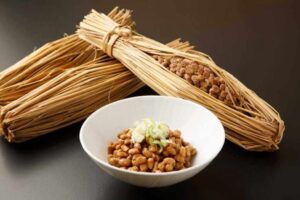

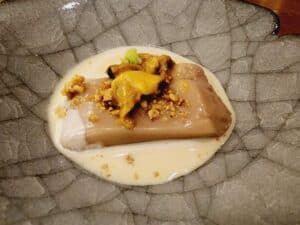
 牧野悦子-1-1256x832-1-300x199.jpg)
Comments